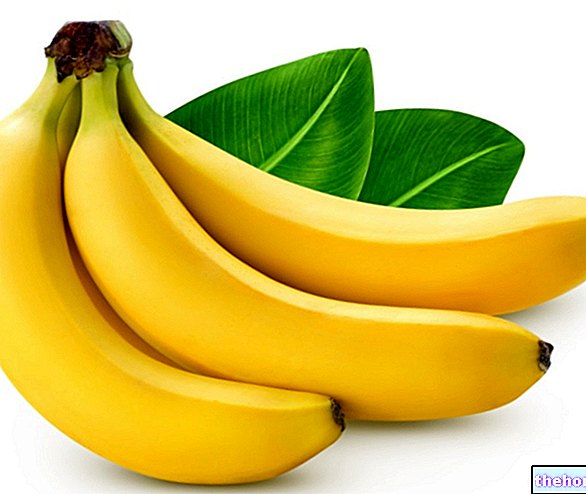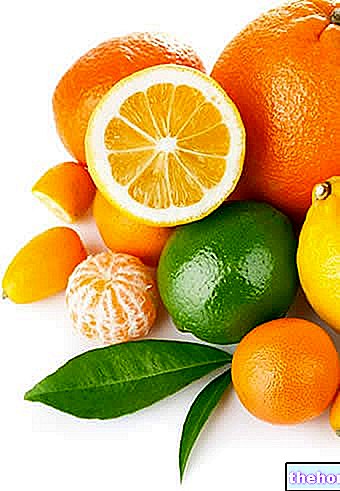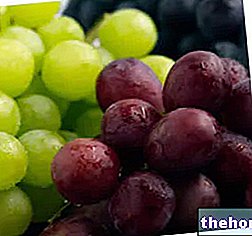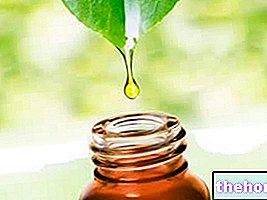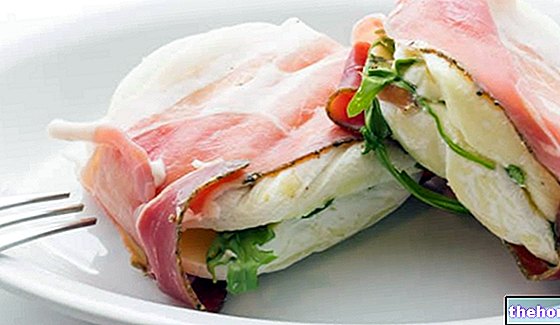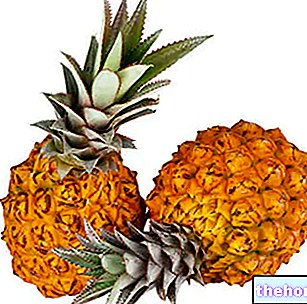Generality
Apricots are summer fruits rich in vitamin A and vitamin C. From a botanical point of view, they are drupes of "apricot, a plant belonging to the family of Rosaceae, Type Prunus, Species P. armeniaca; the binomial nomenclature of the apricot is therefore Prunus armeniaca.

The apricot tree can reach considerable size, but its growth is moderate in cultivation to facilitate the harvesting of the fruits. It is a deciduous plant, with green, cuneiform and marginally serrated leaves; the flowers (which bloom in spring, before of the foliation) have pinkish-white petals. The fruits are yellow or orange, sometimes tinged with red, and velvety with a very thin hair; they reach smaller dimensions than peaches but larger than cherries (belonging to the same genus).
NB. Apricot orchards are among the most delicate of the whole category. These plants, which tolerate the cold well but prefer temperate and basically dry climates, show early flowering and fruit production compared to other trees of the genus. Prunus; these characteristics make them vulnerable to spring temperature changes and above all to "frosts". Furthermore, particularly rainy or arid seasons compromise its immunity to molds, viruses and bacteria.
The apricots on the market belong to different botanical varieties, the best known are: Pindos apricots, Diavole apricots, Preole apricots, Imola royal apricots, Valleggina apricots, Amabile Vecchioni apricots and Thyrintos apricots.
Fresh and "seasonal" apricots are present on the fruit stands in the early summer, even if they are present all year round in preserved form: dehydrated apricots, apricots in syrup, apricot jam or jam, apricot jelly and fruit juices with apricot. In particular, gelatin is a very common ingredient in central-northern European pastry, while apricot almond, like that of peach, is a very common bitter flavoring ingredient (although controversial, as it contains hydrogen cyanide, a potentially harmful molecule also in small doses).
Nutritional characteristics
Fresh apricots are fruits rich in water, vitamins, mineral salts and dietary fiber, while the energy intake (deriving mainly from simple carbohydrates) is among the lowest in the entire category.
Potassium stands out among the electrolytes, while as regards vitamins, significant amounts of equivalent retinol (vitamin A in the form of β-carotene) and vitamin C are observed.
Apricots in syrup are cooked, therefore they do not contain the same concentration of vitamin C as the fresh fruit; moreover, being immersed in the syrup, they bring much higher quantities of simple sugars and total calories than the raw material.
Dehydrated apricots have a higher nutritional content because they are deprived of the water component but, generally, they are not added in sugar (instead used in the production of candied fruit); on the other hand, many manufacturers make use of type food additives sulphites as powerful antioxidants against fruit browning.
Nutritional composition of Apricots - Reference values of the INRAN Food Composition Tables
Fruit Juice Without Extractor - Apricot Juice
Problems with playing the video? Reload the video from youtube.
- Go to the Video Page
- Go to the Video Recipes Section
- Watch the video on youtube
Other Foods - Fruits Apricots Sour cherries Cashews Pineapple Watermelon Orange Avocado Banana Persimmon Persimmons Apple Chestnuts Cedar Cherries Coconut Watermelon Dates Feijoa Fig of India Figs Strawberries Berries Passion fruit (Maracujà, Granadilla) Jujube Kiwi Raspberries Coconut milk Lemons Almond milk Mango Apples Quinces Pomegranate Melon Blackberries Mustard Medlar Olives Taggiasca Olives Fermented Papaya Pears Peaches Plantains (Cooking Bananas) Pomelo Grapefruit Pink Grapefruit Plums, prunes Fruit juices and fruit juices Grape juice Plums Grapes Sultanas and Raisins OTHER ITEMS FRUIT Categories Food Alcoholics Meat Cereals and derivatives Sweeteners Sweets Offal Fruit Dried fruit Milk and derivatives Legumes Oils and fats Fish and fishery products Salami Spices Vegetables Health recipes Appetizers Bread, Pizza and Brioche First courses Second courses Vegetables and Salads Sweets and Desserts Ice cream and sorbets Syrups, liqueurs and grappas Prepare Basic tions ---- In the kitchen with leftovers Carnival recipes Christmas recipes Light diet recipes Women's, mom's and dad's day recipes Functional recipes International recipes Easter recipes Gluten-free recipes Diabetic recipes Holiday recipes Valentine's Day recipes Vegetarians Protein recipes Regional recipes Vegan recipes


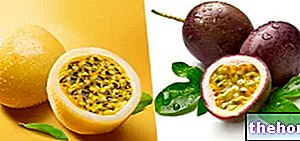
-propriet-nutrizionali.jpg)
